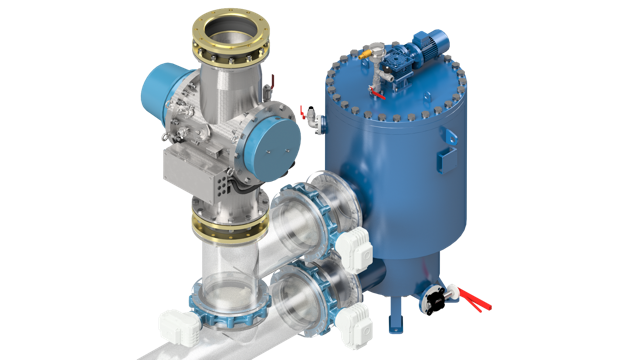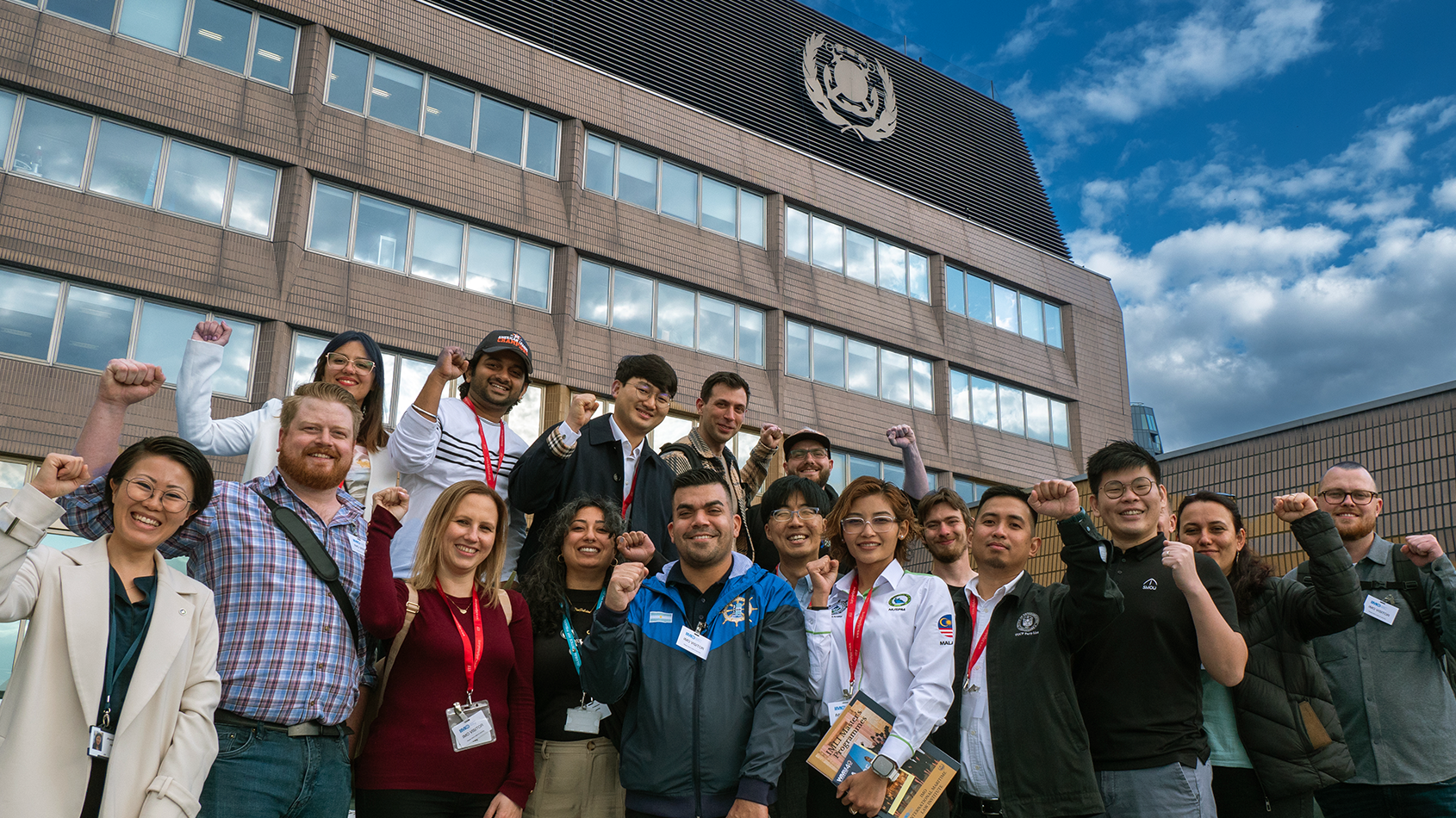Ship Efficiency: The Event 2016 played host to lively debate and discussion between IMO representatives and delegates.
The panel was expertly chaired by Neville Smith, Mariner Communications.
First out of the starting gates came questions about the Ballast Water Management (BWM) Convention. Katy Ware, Director of Maritime Safety and Standards, Maritime & Coastguard Agency (MCA) and Permanent Representative of the UK to the IMO, stated, “it is not about uncertainty anymore, but about working together to implement the Convention. Manufacturers now need time to demonstrate that their systems comply with regulations and ship owners now need to look at retrofitting 2nd generation G8 approved ballast water management systems (BWMS)”, she suggested.
Arsenio Dominguez, Permanent Representative of Panama to the IMO and Chairman of Marine Environment Protection Committee (MEPC), stated that the implementation is “necessary burden” and urged the industry to make sure “we keep an eye on and help those countries that require assistance to keep a level playing field”. Not everyone will be able to comply, “but we cannot have ship owner after ship owner asking for exemptions. We have to make sure they are keeping up and provide the help they need”, he warned.
The implementation of the EU’s Monitoring, Reporting and Verification (MRV) regulation was also discussed with great gusto, with the panel calling on the problems with different rules by the EU and the IMO regarding emissions monitoring. As Ware explained, “there are three areas where the IMO data collection system differs from the EU’s one. We need the IMO to develop a system to implement the review process on MRV”. At the current time the EU system refers to the ISO method, and according to Ware, this is complicated. There is too much terminology and we need to refine and redefine it, but the question is now, how do we do it?
Tom Strang, Senior Vice President, Maritime Affairs, Carnival Corporation who joined the IMO representatives on the panel, agreed that there are a lot of discrepancies between the two rulings and drew upon the importance of the human element in implementing regulations. In relation to the BWM Convention, manufacturers need to ensure they don’t promise things they can’t meet, such as proposing systems that will meet the regulations when they can’t. Furthermore, huge amounts are invested in training and academies, but we need to ensure that people can use data that is provided, such as with MRV, he stated.
Ware agreed, commenting that the IMO has been reluctant to talk about the human element, and there are limitations as to how much it can influence this human side. “The main machine-human interface is something we need to work on”, she said, “particularly when designing ships.” “Approximately 80% of accidents can be attributed to human factors, therefore the IMO needs to work with the industry to improve this”, she continued.
MEPC 70’s decision to implement the global sulphur cap in 2020 also sparked debate on this industry panel. “A methodology has been agreed and we need to follow the outcome”, Dominguez stated. Transparency is key, Strang continued, urging companies to be more transparent in their operations so that if something goes wrong it is easier to acquire help.
“There will be times when equipment fails and you may be non-compliant”, he said, but the real problem lies with sampling to prove whether you are actually in compliance. Highlighting the importance of proper sampling, Strang drew upon the problems that ship owners face when samples are not taken consistently or when samples are taken from areas where non-compliance shows up, when in fact the ship is in compliance. “We need to deal with it and we need to ensure better sampling” he urged.
As regulations increase, “we need to make sure that proving compliance is not as tricky as it has been or is now, and make it easier for the maritime industry” Strang concluded.
Ship Efficiency Review News
To contact the reporter responsible for this article, please email editor@fathom-mi.commi.com

































